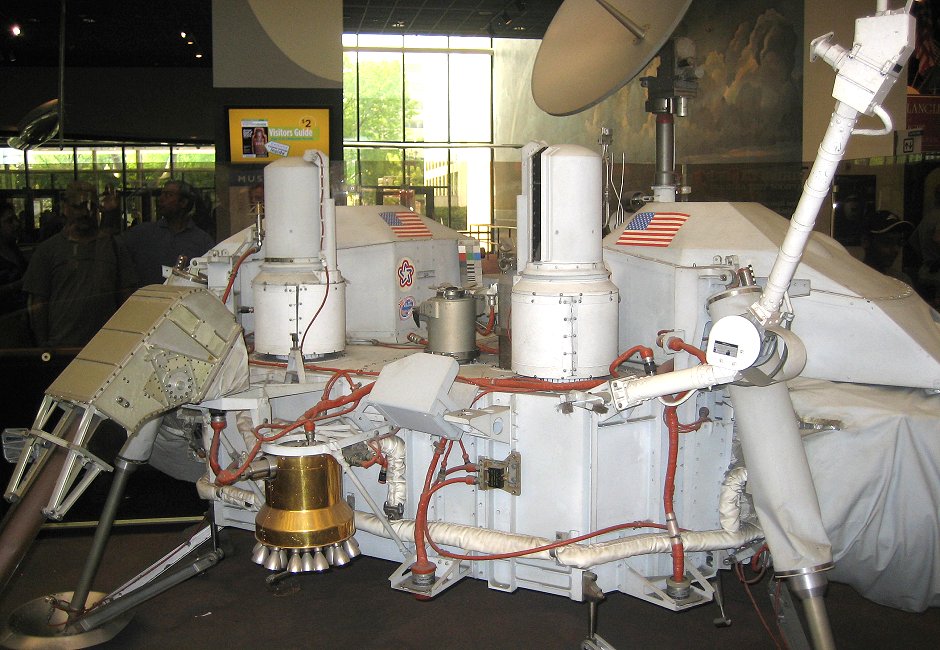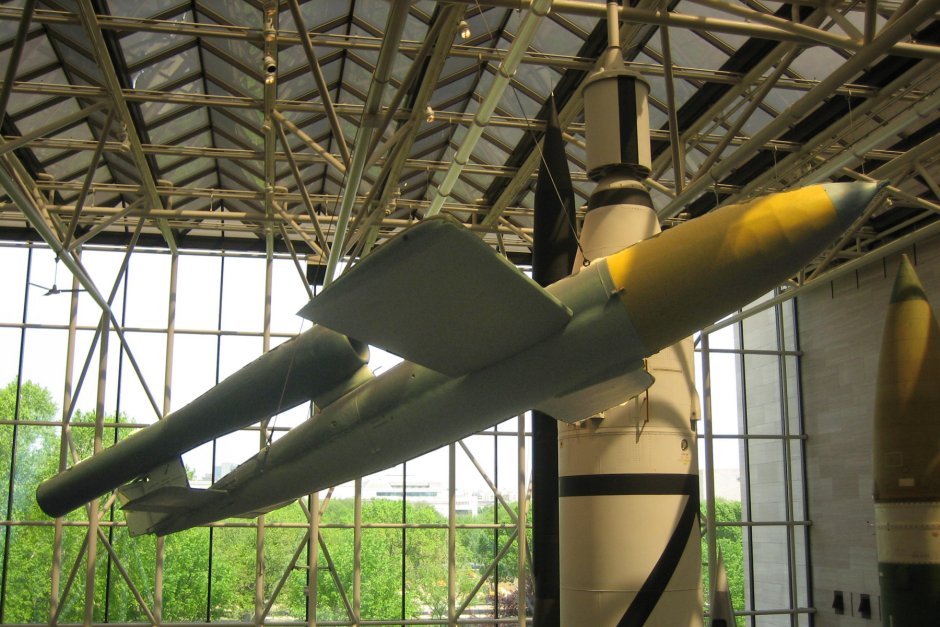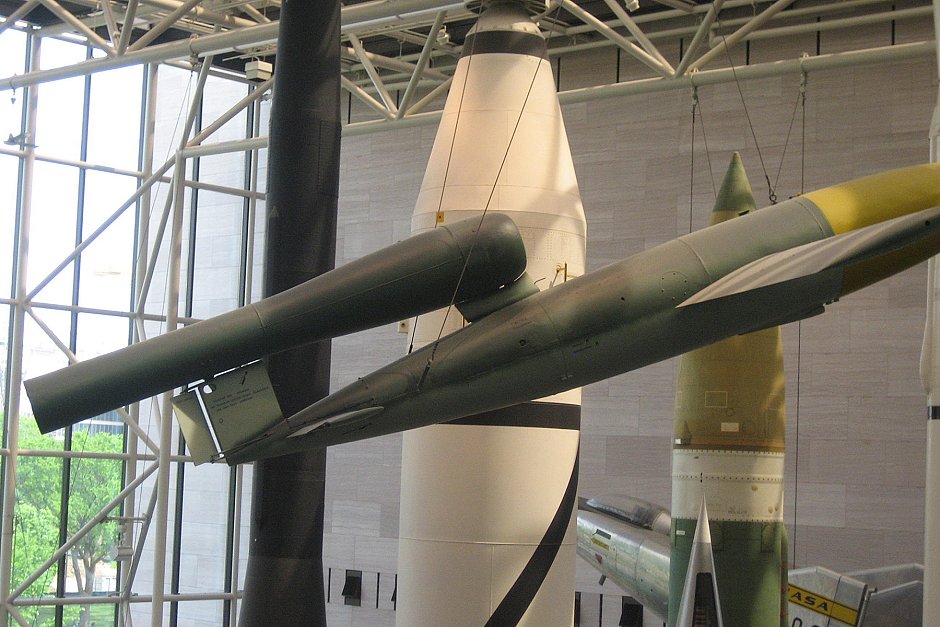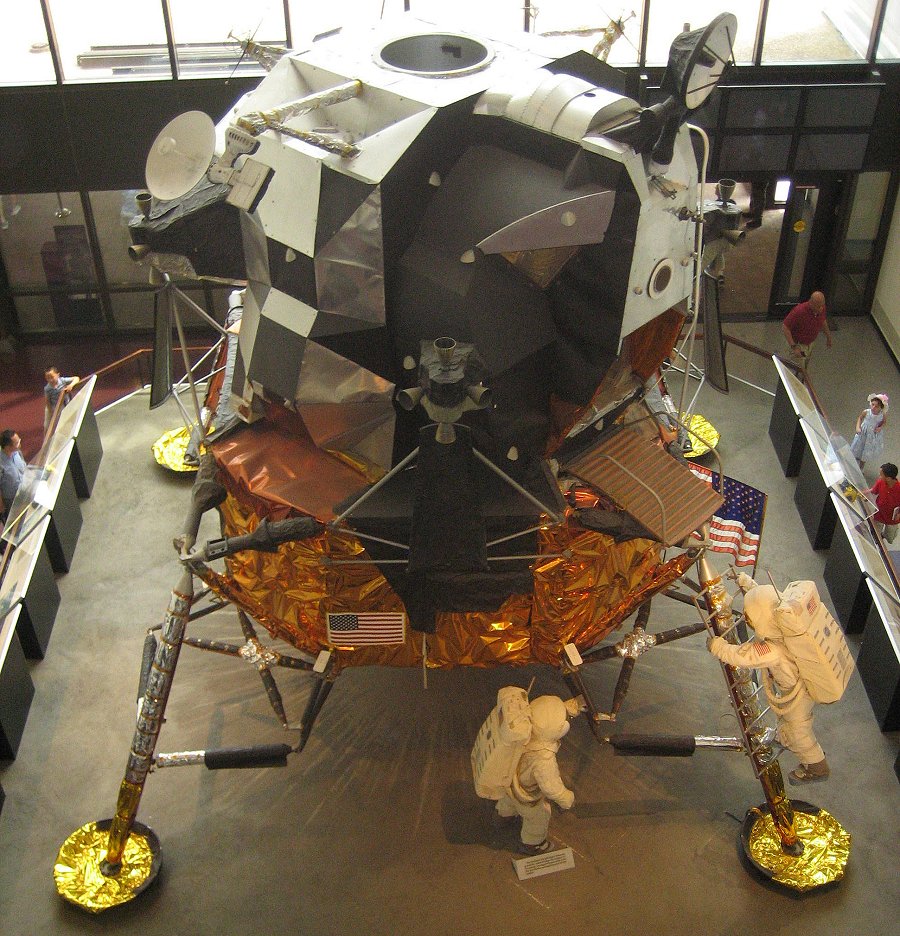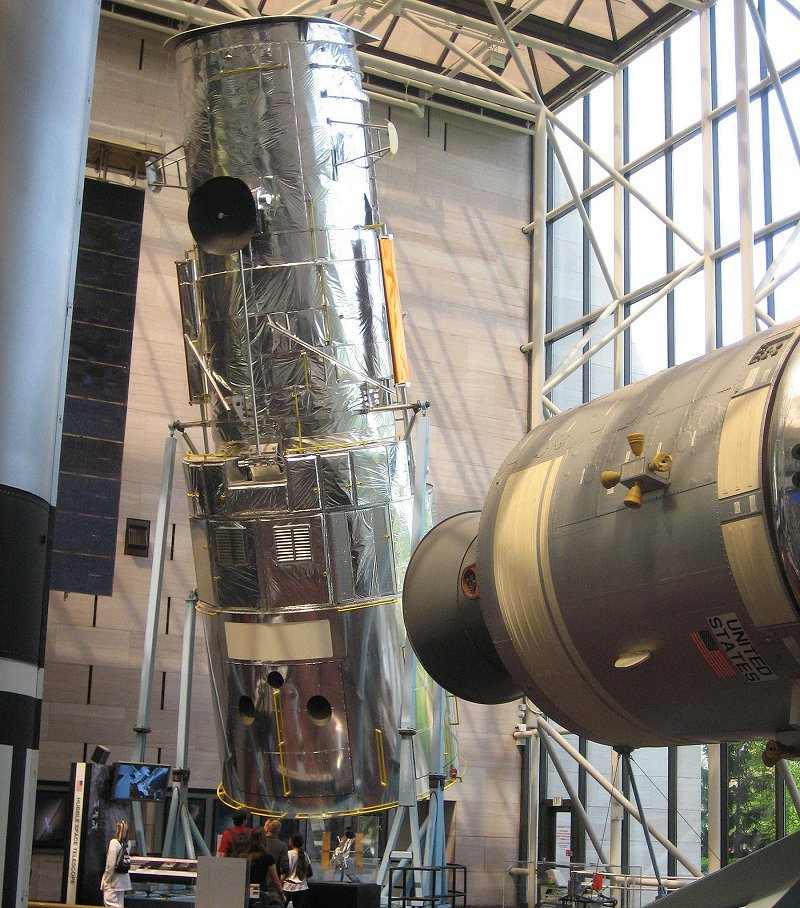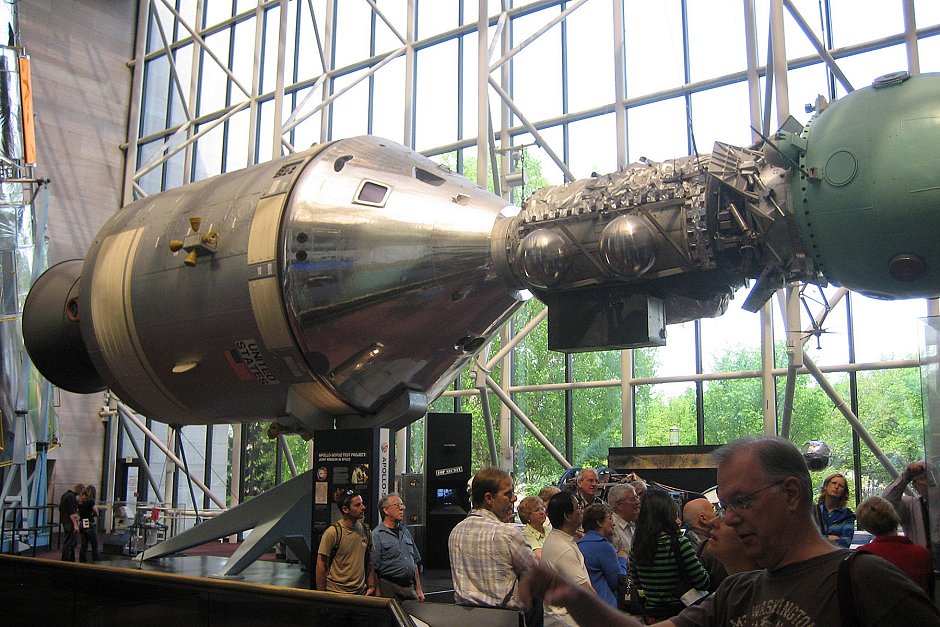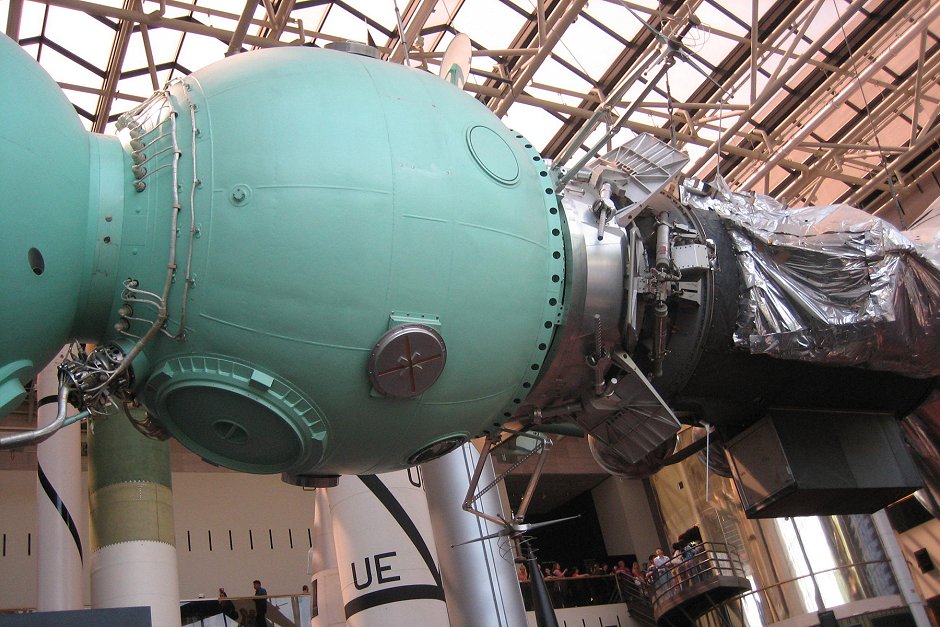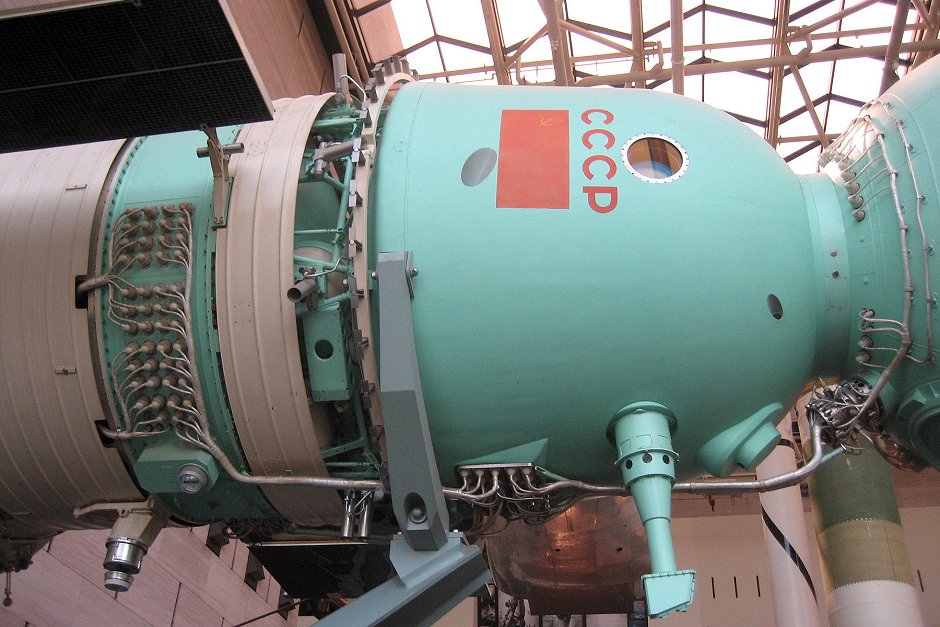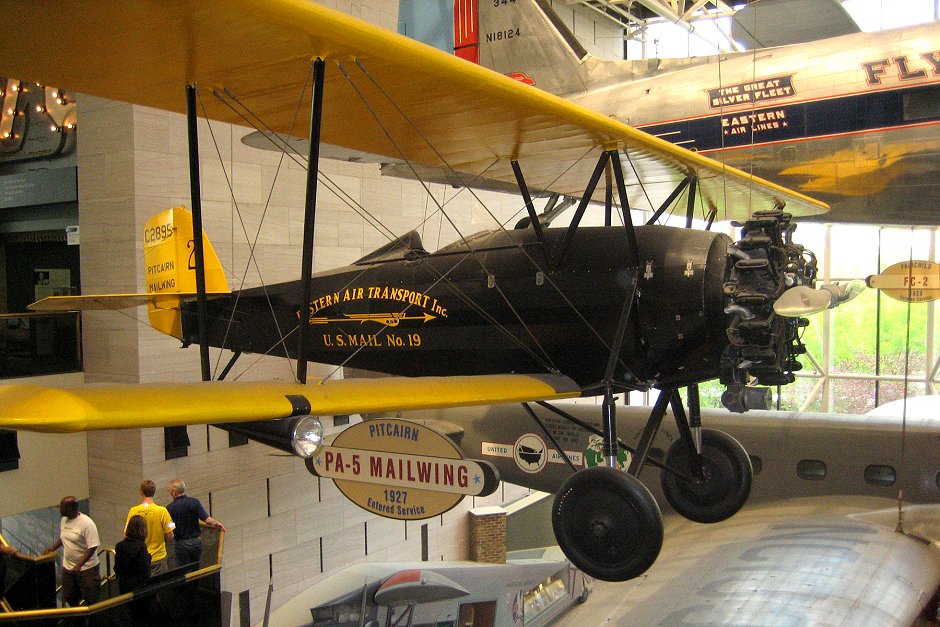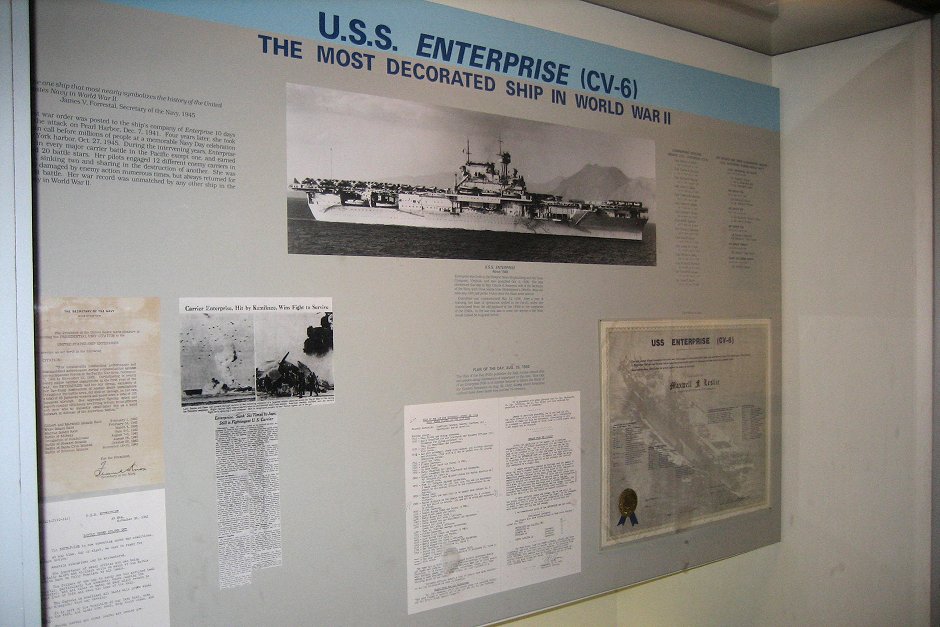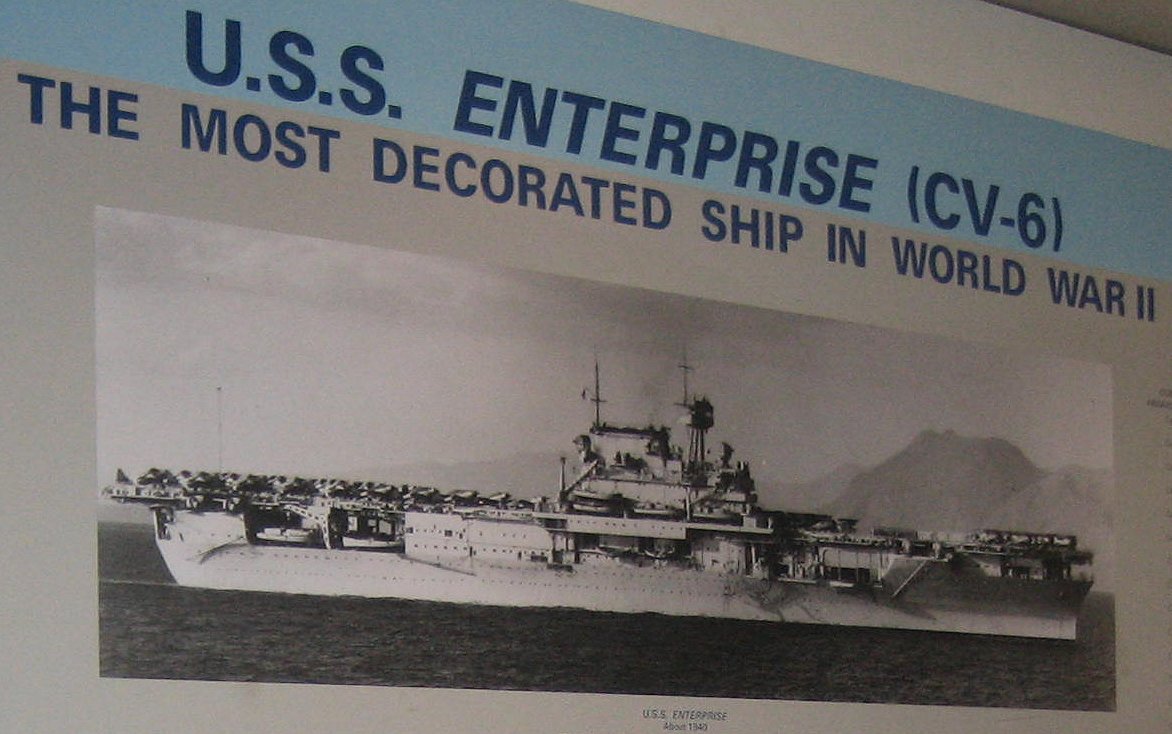Manufacturer: Lockheed Martin Missile and Space Corporation
Country of Origin: United States of America
Dimensions:
Overall: 14 ft. wide x 42 ft. 4 in. tall (426.7 x 1290.3cm)
Materials:
Mixed metals, aluminized Mylar
Prior to undertaking construction of the Hubble Space Telescope (HST) the Lockheed Missile and Space Company built a full-scale mockup in 1975 for conducting various feasibility studies. Initially a low-fidelity metal cylinder for testing handling procedures for the proposed spacecraft, the test vehicle evolved continuously as Lockheed proceeded through its feasibility studies and was awarded the contract to build the actual spacecraft. The test vehicle eventually served as a frame on which the cables and wiring harnesses for the actual spacecraft were fabricated. It was also used for simulations in developing maintenance and repair activities in orbit. Dynamic studies on the test vehicle including vibration studies and thermal studies led to its being designated the Hubble Space Telescope Structural Dynamic Test Vehicle (SDTV).
The artifact was stored outdoors at Lockheed in Sunnyvale Ca., until it was donated to NASM in June 1987 and shipped to the Garber facility. There it was refurbished and restored to its 1976 configuration. It went on display in the Space Hall in March 1989. In 1996 the SDTV was removed from exhibit in order to upgrade the object to simulate the actual HST as it was being deployed from the Shuttle. This major upgrade, generously supported and executed by Lockheed, HST subcontractors, the NASA Goddard Space Flight Center, and NASM staff and volunteers, involved fabricating the equipment section for the Optical Telescope Assembly, the aperture door, high gain antennae, solar arrays, aft shroud handrails, and numerous other details. A major addition was realistic multi-layer (non-flight) thermal blanketing and taping, interface hardware, wave guides, and the umbilical. NASA also provided a large equipment cradle to allow the upgraded object to be displayed from the floor at a dramatic angle. The completed artifact was reinstalled in Space Hall in early 1997.



